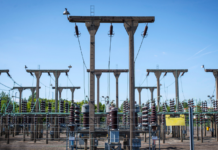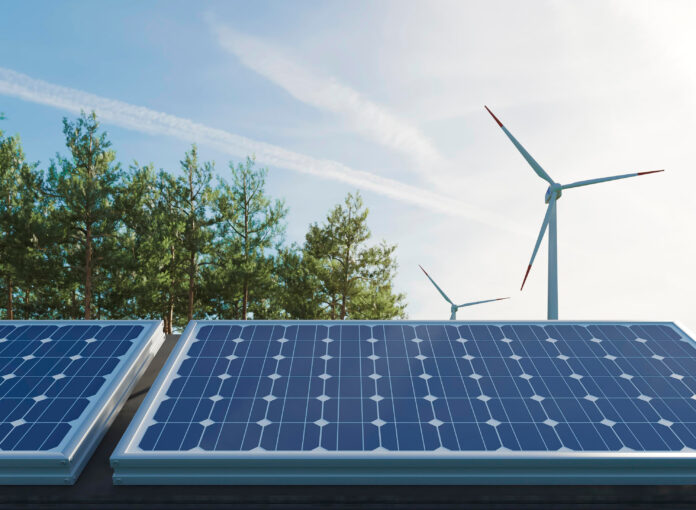Pakistan is undergoing a major shift in its energy landscape as reliance on fossil fuels declines and cleaner, cheaper alternatives gain traction, according to the Pakistan Energy Market Review (PEMR) 2025 by Renewables First, an energy think tank.
The report found that in fiscal year 2024 (FY24), the country’s primary energy supplies declined for the second consecutive year, while final energy consumption dropped sharply due to high costs and weak demand from industry and agriculture. The slowdown marks a structural change in Pakistan’s energy use, as affordability pressures drive a transition toward renewable energy.
Crude oil production has fallen 25% over the past decade, while domestic gas output continues to decline, increasing dependence on imported LNG. Coal use is also falling, with most remaining demand now met by local coal rather than imports.
Despite this shift, LNG remains a challenge. Imports continue to strain foreign exchange reserves, as industries move away from costly gas supplies. Most LNG is now being redirected to households, driving up power bills. Long-term LNG contracts have created a supply surplus, while industrial consumption declines, exacerbating financial pressure in the sector. The rupee’s volatility against the dollar has further intensified these strains.
“LNG served as our fallback fuel, but it is only a temporary bridge,” said Huma Naveed, data analyst at Renewables First. “This mismatch between supply and demand calls for planners to integrate the country’s growing use of renewable energy into future energy strategies.”
Gas-sector circular debt rose to Rs3.2 trillion by March 2025, underscoring the urgency for reforms across the supply chain.
The report highlights that Pakistan’s energy system is gradually becoming consumer-led, moving from short-term fuel fixes to a long-term renewable transition. Non-fossil energy supplies — including hydel, nuclear, and solar — have grown nearly 50% since FY21, while fossil-based supplies have steadily declined. Coal’s share in the energy mix has also dropped as rising costs reduce its competitiveness.
The transition is evident across sectors. Industrial fossil fuel consumption fell 21% year-on-year in FY24. Electric vehicle (EV) incentives are pushing the transport sector toward electrification, and farmers are increasingly adopting solar-powered tube wells to cut diesel and grid dependence.
“We are witnessing a structural reset as power, agriculture, transport, and industry turn to solar solutions instead of costlier fuels,” said Rabia Babar, data manager for energy and climate at Renewables First. “The question now isn’t whether fossil fuels will decline, but how fast clean technologies can replace them.”
Since 2017, Pakistan has imported over 50 gigawatts (GW) of solar photovoltaic capacity, helping households, industries, and farms lower costs and improve reliability.
However, the report warns that the transition requires strong policy direction. It calls for reforms in gas and power sectors — including tariff rationalisation, improved distribution efficiency, and open-market access — to contain circular debt. It also stresses that solar adoption policies must remain equitable and accessible to all consumers to ensure sustainable growth.























